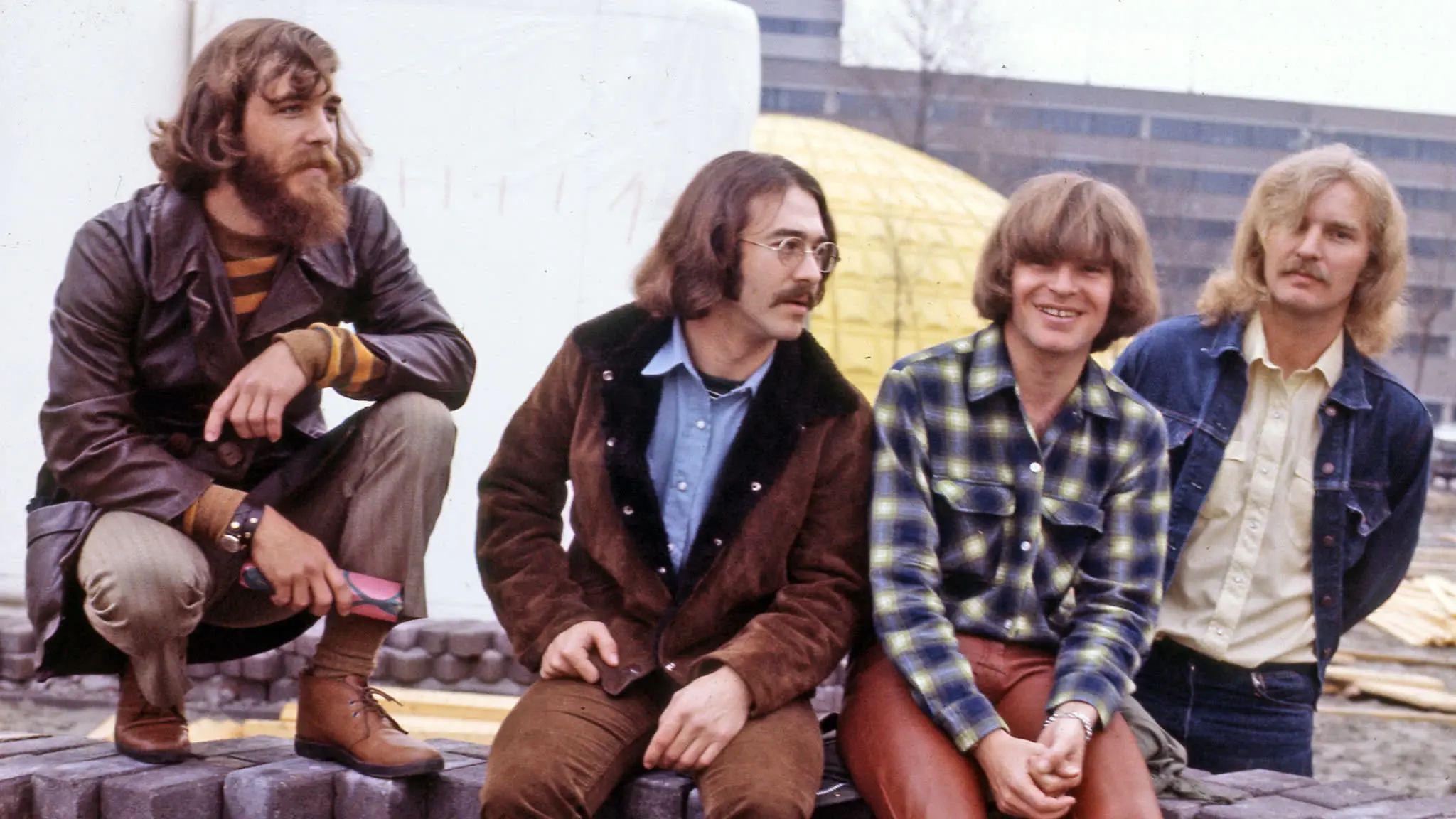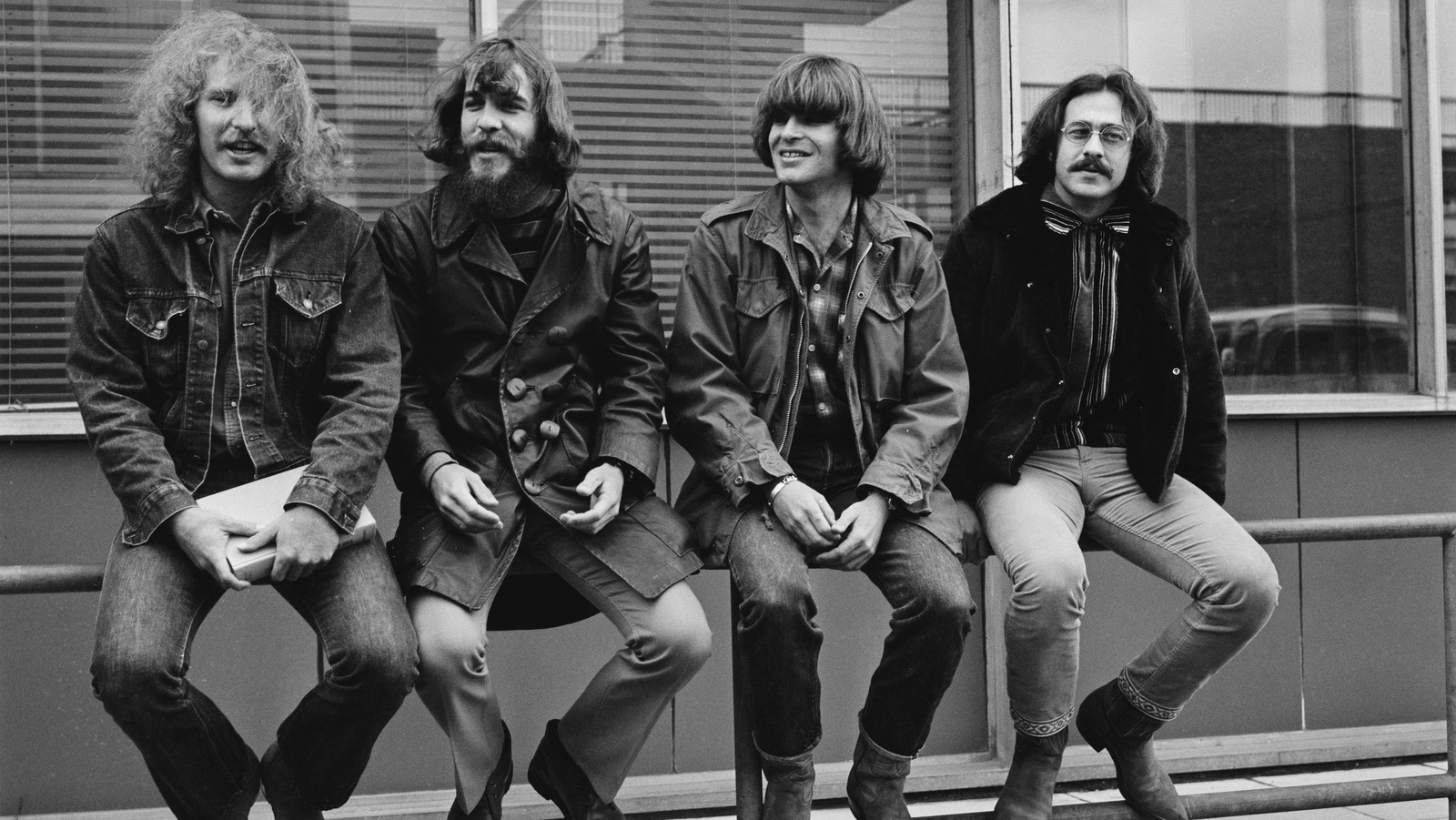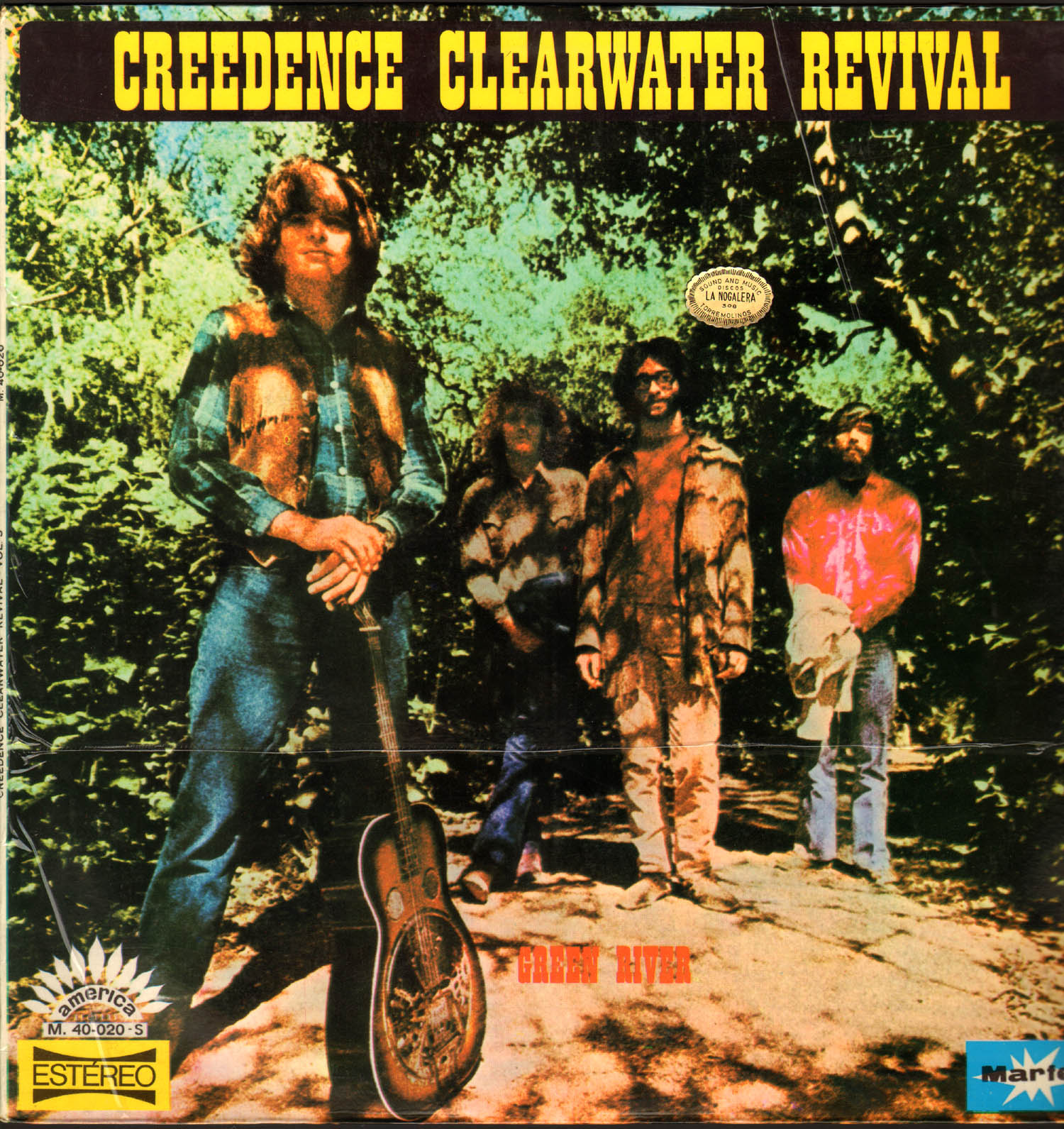Celebrating Creedence Members: A Deep Dive Into The Band's Iconic Legacy
Mar 25 2025
Creedence Members have become synonymous with timeless rock music, leaving an indelible mark on the music industry. Their unique sound and powerful lyrics continue to resonate with fans worldwide. In this article, we will explore the lives, contributions, and legacy of each band member, unraveling the stories behind their success.
Formed in 1967, Creedence Clearwater Revival quickly rose to fame with their distinct blend of rock, blues, and swamp music. The band's ability to create music that spoke to the heart of America's social and cultural landscape set them apart from their contemporaries. Their songs, such as "Proud Mary" and "Fortunate Son," remain iconic to this day.
This article aims to provide a comprehensive look into the lives of the Creedence members, their contributions to the band's success, and their lasting impact on the music world. Let's dive into the world of Creedence Clearwater Revival and celebrate the legacy of its members.
Read also:Did Byron Trump Really Sing On Americas Got Talent
Table of Contents
- Biography of Creedence Members
- Band Formation and Early Days
- John Fogerty: The Visionary Leader
- Tom Fogerty: The Quiet Force
- Stu Cook: The Steady Bassist
- Doug Clifford: The Rhythm Backbone
- Music Style and Influences
- Commercial Success and Legacy
- Challenges and Breakup
- Reunion and Beyond
- Conclusion
Biography of Creedence Members
Overview of the Band's Formation
Creedence Clearwater Revival, commonly known as CCR, was formed in El Cerrito, California. The band consisted of four key members: John Fogerty, Tom Fogerty, Stu Cook, and Doug Clifford. Each member brought unique talents and contributions to the band, shaping its signature sound.
| Name | Role | Birth Date | Birthplace |
|---|---|---|---|
| John Fogerty | Vocals, Lead Guitar | May 28, 1945 | Berkeley, California |
| Tom Fogerty | Rhythm Guitar | October 29, 1941 | Berkeley, California |
| Stu Cook | Bass | April 28, 1947 | San Francisco, California |
| Doug Clifford | Drums, Vocals | May 25, 1945 | Vancouver, Washington |
Band Formation and Early Days
The roots of Creedence Clearwater Revival trace back to the late 1950s when John Fogerty and his brother Tom formed a band called The Blue Velvets. Over the years, the band evolved, eventually incorporating Stu Cook and Doug Clifford, and renaming themselves Creedence Clearwater Revival in 1967.
During their early days, the band faced numerous challenges, including finding their sound and breaking into the competitive music scene. However, their perseverance and dedication paid off, leading to their meteoric rise in the late 1960s.
John Fogerty: The Visionary Leader
John Fogerty, the band's lead vocalist and primary songwriter, played a pivotal role in shaping Creedence's sound. His distinctive voice and unparalleled songwriting skills propelled the band to international fame.
Key Contributions
- Wrote and performed iconic hits like "Bad Moon Rising" and "Down on the Corner."
- Provided the band with its signature guitar riffs and vocal style.
- Acted as the primary creative force behind the band's music.
Tom Fogerty: The Quiet Force
Tom Fogerty, John's older brother, contributed significantly to the band's early success. Although he left the band in 1971, his role as rhythm guitarist was crucial to the band's early recordings.
Tom's Legacy
- Provided harmonies and rhythm guitar on many of the band's early hits.
- Pursued a solo career after leaving the band, releasing several albums.
- Remained a beloved figure among Creedence fans until his passing in 1990.
Stu Cook: The Steady Bassist
Stu Cook joined the band in 1967 and quickly became an integral part of its sound. His basslines provided the foundation for many of the band's most memorable tracks.
Read also:Joel Michael Singer Net Worth A Comprehensive Guide To His Wealth And Success
Cook's Role in Creedence
- Provided solid basslines that complemented John Fogerty's guitar work.
- Contributed to the band's songwriting, particularly in the later years.
- Continued to perform and record music after the band's breakup.
Doug Clifford: The Rhythm Backbone
Doug Clifford, affectionately known as "Cosmo," was the band's drummer and provided the rhythmic backbone that kept the band's sound grounded and powerful.
Cosmo's Influence
- Delivered dynamic drumming on hits like "Proud Mary" and "Fortunate Son."
- Co-wrote several songs with John Fogerty, including "Lookin' Out My Back Door."
- Continued to perform and record music, including with the Clearwater Reunion Band.
Music Style and Influences
Creedence Clearwater Revival's music style was heavily influenced by blues, swamp rock, and traditional American roots music. Their songs often addressed themes of social justice, patriotism, and personal struggle, resonating deeply with audiences.
Key influences on the band's sound include artists like Muddy Waters, Howlin' Wolf, and Bo Diddley. These influences helped shape the band's unique blend of rock and blues, making them one of the most distinctive acts of their era.
Commercial Success and Legacy
Creedence Clearwater Revival achieved remarkable commercial success during their short career, releasing a string of hit albums and singles. Their songs topped the charts worldwide and continue to be celebrated as classics.
Some of their most successful albums include "Bayou Country," "Willy and the Poor Boys," and "Cosmo's Factory." These albums showcased the band's versatility and depth, cementing their place in music history.
Challenges and Breakup
Despite their success, Creedence Clearwater Revival faced numerous challenges, including internal conflicts and creative differences. These issues eventually led to the band's breakup in 1972.
Key factors contributing to the breakup included:
- Creative control disputes between John Fogerty and the other members.
- Financial disagreements and managerial issues.
- Personal tensions among band members.
Reunion and Beyond
Although the original band never officially reunited, Stu Cook and Doug Clifford formed the Clearwater Reunion Band, continuing to perform Creedence classics to this day. John Fogerty also embarked on a successful solo career, releasing acclaimed albums and touring extensively.
The legacy of Creedence Clearwater Revival endures, with their music continuing to inspire new generations of fans and musicians.
Conclusion
In conclusion, the Creedence members have left an indelible mark on the music industry, creating a body of work that continues to resonate with audiences worldwide. From their humble beginnings in California to their international fame, the band's journey is a testament to their talent and dedication.
We invite you to explore more about Creedence Clearwater Revival and their music. Share your thoughts and favorite songs in the comments below, and don't forget to check out other articles on our site for more insights into the world of music.
References:
- Rolling Stone Magazine
- AllMusic
- Creedence Clearwater Revival Official Website


